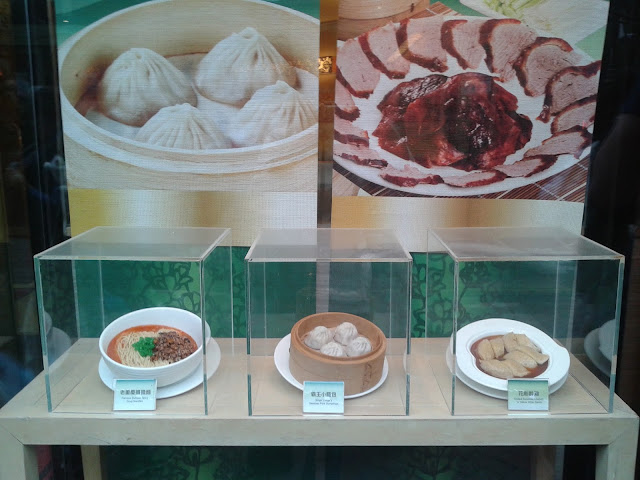Trust Anthony Bourdain to come up with creative ways to surprise his audience. His second and latest feature on the Philippines dealt less about food and captured more of the Filipino spirit as embodied in the heart of millions of overseas Filipino workers (OFWs). It is a tearjerker, to say the least.
His subject was an interesting one. She had worked in Hong Kong and the United States before deciding to retire in Philippines in her senior years. It was true that at that point, she was reconnecting with her family and getting to know them again. When she sang the song Edelweiss, it touched many heartstrings.
Bourdain’s story reminded me of a book that was written by Ma. Lourdes Arellano-Carandang et al, “Nawala and Ilaw ng Tahanan.” She talks about the growing number of Filipino mothers who leave their families to find work abroad.
“The feminization of overseas employment is a trend that can be expected to continue in years to come because of increased demand in industrialized countries for workers in sectors traditionally associated with women – domestic work, care-giving, entertainment, and the sex trade as well as retailing and labor intensive manufacturing….
But a major hidden human cost of the feminization of overseas employment is the impact on the families these women leave behind.
Earlier studies of families of Filipino OFWs saw the women left behind usually taking charge, caring for home and children, being a stronger force in the family and community. But what happens when it is the mother who leaves for abroad?”
A UNICEF-funded study confirmed the serious social consequences of mothers who leave their families. Following is a summary that I wrote, as published in the Philippine Daily Inquirer:
http://globalnation.inquirer.net/119575/when-a-good-mother-leaves
"Reyes further reported that children may have varied reactions to a mother’s absence, depending on the age. For children who were left behind from infancy to 5 years old, the separation is easier compared with children who were left behind from 6 to 16 years old because at this point, the mother and child have already formed a bond and have gotten to know each other.
It appears that children of migrant mothers are also most affected compared to others. “On a sad note, the children of migrant mothers reported being lonely, angry, unloved, unfeeling, afraid, different from the other children and worried compared with all groups of children, including non-OFW (overseas Filipino worker) children,” the report continues.
Reyes further noted that despite the remittances coming from abroad, they do not necessarily translate to substantial improvement in the lives of the families.
The long absence of parents also gives the child an experience similar to orphans or abandoned children."
Hopefully, this story featured by Bourdain makes Filipinos think twice about leaving their families.



































